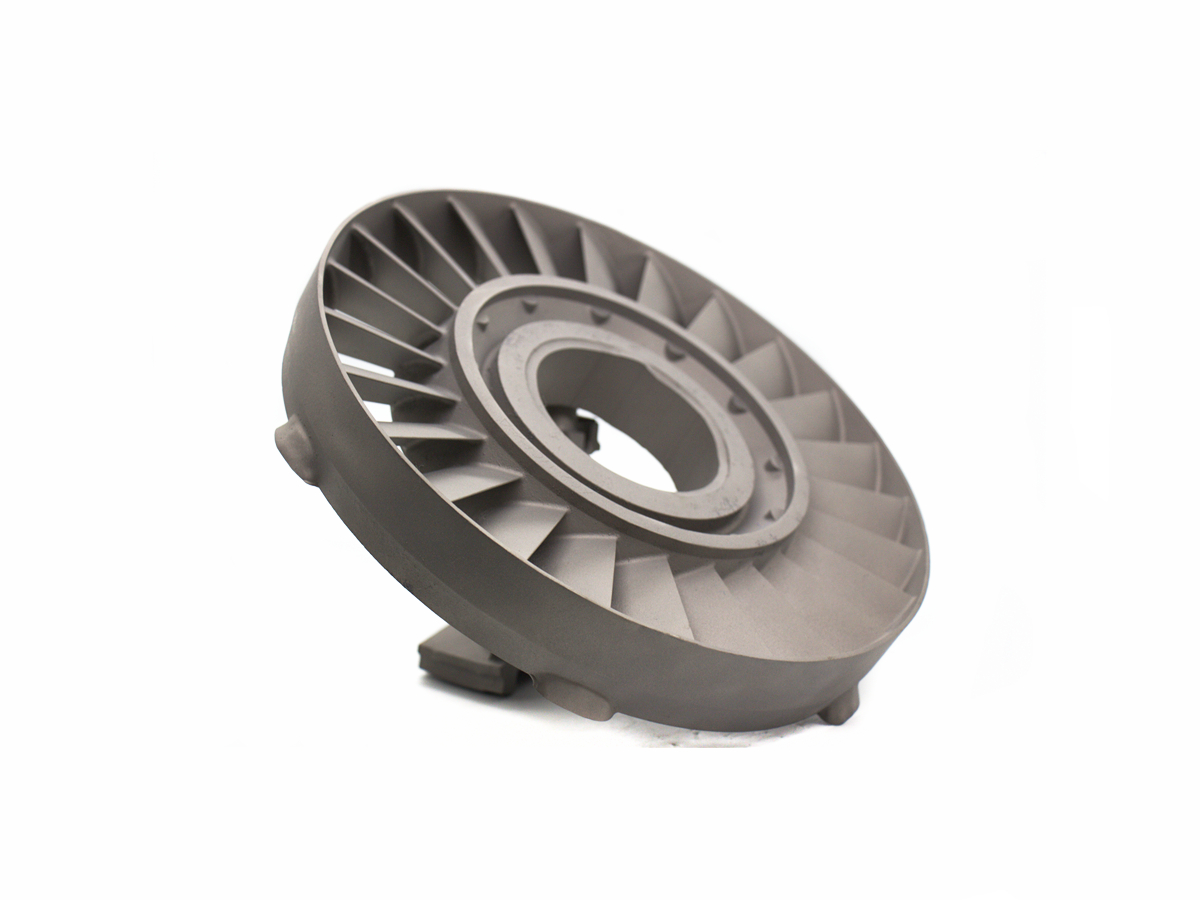Precision CNC Machined Superalloy Components for High-Performance Power Generation
Introduction to Precision CNC Machined Superalloy Components for Power Generation
High-performance power generation systems, such as gas and steam turbines, require components that can withstand extreme temperatures, pressures, and mechanical stresses. Superalloy CNC machining offers an ideal solution for manufacturing these critical components, providing exceptional strength, durability, and heat resistance. Superalloys, such as Inconel, Hastelloy, and Waspaloy, are widely used in power generation due to their ability to perform under harsh environments and remarkable corrosion and oxidation resistance.
CNC machining of superalloys enables the production of high-precision, custom components such as turbine blades, compressor rotors, nozzles, and pressure vessels. These superalloy parts help improve efficiency, reliability, and longevity in power generation systems, making them essential for optimal performance in modern power plants.
Material Performance Comparison for Superalloy Parts in Power Generation Applications
Material | Tensile Strength (MPa) | Thermal Conductivity (W/m·K) | Machinability | Corrosion Resistance | Typical Applications | Advantages |
|---|---|---|---|---|---|---|
1034 | 11.4 | Poor | Excellent | Turbine blades, jet engine components | High strength, excellent oxidation resistance | |
930 | 8.0 | Poor | Excellent | Heat exchangers, reactors | Exceptional corrosion resistance, high strength | |
Waspaloy | 1150 | 10.0 | Moderate | Good | Turbine engines, gas turbines | Excellent high-temperature strength |
1000 | 14.4 | Moderate | Excellent | Gas turbine components, rocket engines | Superior high-temperature strength and oxidation resistance |
Material Selection Strategy for Superalloy Parts in Power Generation Systems
Inconel 718 is known for its high tensile strength (1034 MPa) and excellent oxidation resistance, making it ideal for manufacturing turbine blades and other critical components exposed to extreme temperatures. Its ability to maintain strength at high temperatures makes it a top choice for gas turbines and jet engine applications.
Hastelloy C-276 offers superior corrosion resistance, especially in aggressive chemical environments, and has a tensile strength of 930 MPa. It is used in heat exchangers and reactors where corrosion resistance and high mechanical strength are essential for reliable performance.
Waspaloy is an excellent choice for high-temperature applications, with a tensile strength of 1150 MPa. It is commonly used for turbine engines and gas turbines, where high strength and thermal stability are crucial for ensuring durability and optimal performance under extreme operating conditions.
Inconel X-750 is known for its superior high-temperature strength (1000 MPa) and oxidation resistance, making it ideal for gas turbine components and rocket engines. It maintains excellent mechanical properties in harsh environments, essential for power generation systems operating under extreme conditions.
CNC Machining Processes for Superalloy Parts in Power Generation Applications
CNC Machining Process | Dimensional Accuracy (mm) | Surface Roughness (Ra μm) | Typical Applications | Key Advantages |
|---|---|---|---|---|
±0.005 | 0.2-0.8 | Turbine blades, complex geometries | Complex parts, high precision | |
±0.005-0.01 | 0.4-1.2 | Compressor rotors, shafts | Excellent rotational accuracy | |
±0.01-0.02 | 0.8-1.6 | Mounting holes, precision ports | Accurate hole placement | |
±0.002-0.005 | 0.1-0.4 | Surface-sensitive components | Exceptional surface smoothness |
CNC Process Selection Strategy for Superalloy Parts
5-Axis CNC Milling is ideal for manufacturing high-precision, complex components like turbine blades and nozzles. With tight tolerances (±0.005 mm) and fine surface finishes (Ra ≤0.8 µm), this process enables the creation of intricate geometries required for optimal power generation performance.
CNC Turning ensures high rotational accuracy (±0.005 mm) for parts like compressor rotors and shafts, which are critical in power generation systems. This process ensures smooth and uniform surfaces that reduce wear and improve efficiency.
CNC Drilling guarantees precise hole placement (±0.01 mm), which is essential for creating mounting holes and precision ports in superalloy components. Accurate drilling ensures the integrity of the parts and proper alignment in turbine assemblies.
CNC Grinding is used for parts that require extremely fine surface finishes (Ra ≤ 0.4 µm), such as sealing components and bearing surfaces. This process ensures that superalloy parts maintain smooth surfaces, enhancing their longevity and performance in high-stress environments.
Surface Treatment for Superalloy Parts in Power Generation Applications
Treatment Method | Surface Roughness (Ra μm) | Corrosion Resistance | Hardness (HV) | Applications |
|---|---|---|---|---|
0.1-0.4 | Superior (>1000 hrs ASTM B117) | N/A | Turbine blades, aerospace components | |
0.2-0.8 | Excellent (>1000 hrs ASTM B117) | N/A | High-temperature seals, turbine components | |
0.2-0.6 | Excellent (>800 hrs ASTM B117) | 1000-1200 | Superalloy turbine blades, critical components | |
0.2-0.6 | Superior (>1000 hrs ASTM B117) | 800-1000 | High-performance parts, turbines |
Typical Prototyping Methods
CNC Machining Prototyping: High-precision prototypes (±0.005 mm) for functional testing of superalloy turbine blades.
Rapid Molding Prototyping: Fast and accurate prototyping for complex superalloy components used in power generation.
3D Printing Prototyping: Quick-turnaround prototyping (±0.1 mm accuracy) for initial design validation of superalloy parts.
Quality Inspection Procedures
CMM Inspection (ISO 10360-2): Dimensional verification of superalloy parts with tight tolerances.
Surface Roughness Test (ISO 4287): Ensures surface quality for precision turbine components.
Salt Spray Test (ASTM B117): Verifies corrosion resistance performance of superalloy parts in harsh environments.
Visual Inspection (ISO 2859-1, AQL 1.0): Confirms aesthetic and functional quality of superalloy components.
ISO 9001:2015 Documentation: Ensures traceability, consistency, and compliance with industry standards.
Industry Applications
Power Generation: Superalloy turbine blades, compressor rotors, high-temperature seals.
Aerospace: Jet engine components, turbine blades, nozzles.
Oil and Gas: Pressure vessels, turbine components, critical machinery.
FAQs:
Why are superalloys used for turbine blades in power generation?
How does CNC machining improve the precision of superalloy parts?
Which superalloy materials are most suitable for high-performance turbines?
What surface treatments enhance the durability of superalloy turbine blades?
What prototyping methods are best for superalloy components used in power generation?

